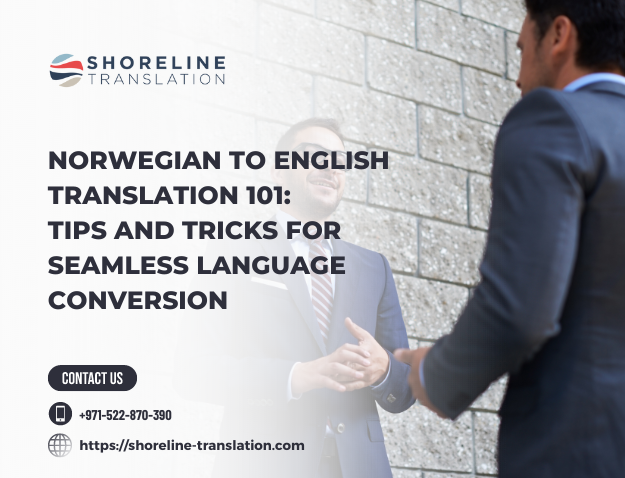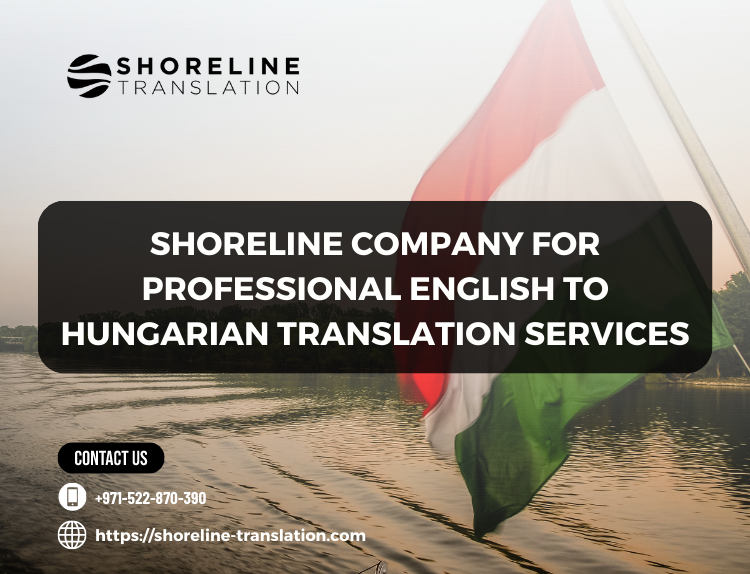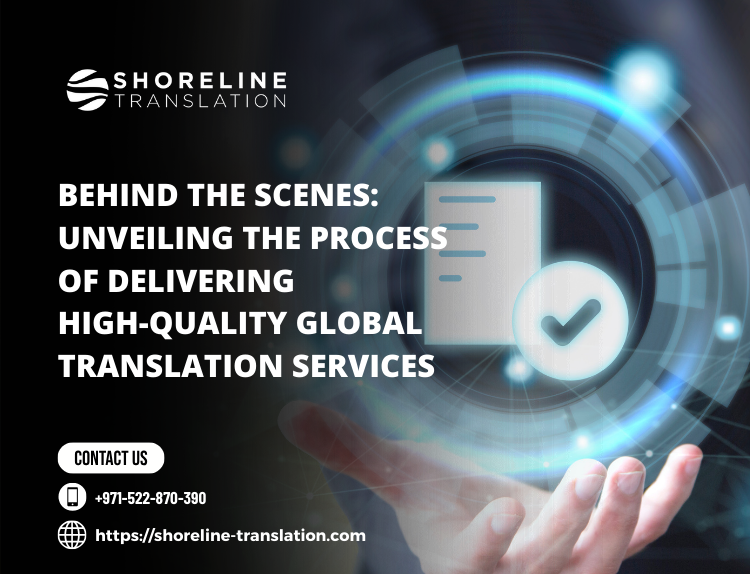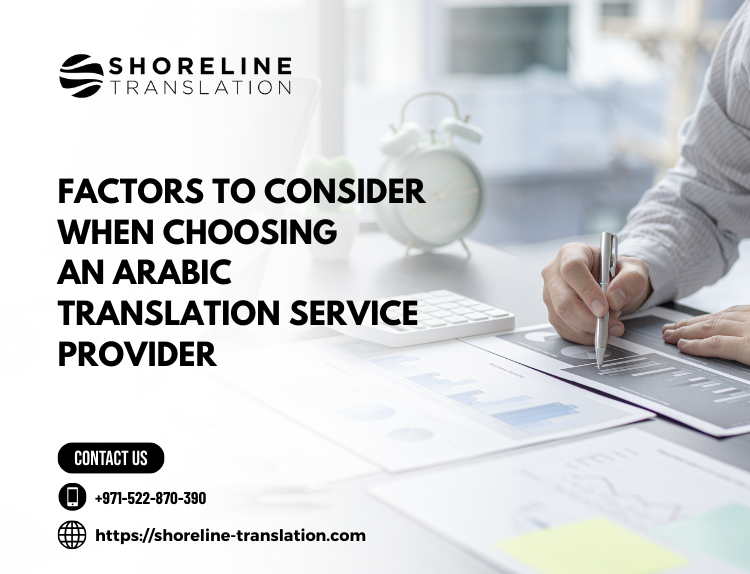Table of Contents
ToggleNorwegian to English Translation 101: Tips and Tricks for Seamless Language Conversion
Are you ready to dive into the fascinating world of language conversion? If you’re looking to seamlessly translate Norwegian text into English, then you’ve come to the right place! Whether it’s for academic purposes, professional documents, or simply satisfying your curiosity about a foreign language, mastering Norwegian to English translation opens up a whole new realm of possibilities.
But let’s face it – translating from one language to another is no easy task. It requires not only a deep understanding of both languages but also an awareness of cultural nuances and linguistic subtleties. Lucky for you, we’ve got all the tips and tricks you need to make your Norwegian to English translations accurate and effortless.
In this comprehensive guide, we’ll explore everything from the basics of Norwegian grammar and vocabulary to common challenges faced during translation. We’ll also share valuable resources and tools that can help streamline the process. So buckle up as we embark on this journey together – prepare yourself for a seamless transformation from Norwegian text to flawless English prose!
Ready? Let’s get started with understanding the fundamentals of Norwegian-English translation!

Understanding the Basics of Norwegian to English Translation
The Norwegian language, with its rich history and unique characteristics, presents both challenges and opportunities for translation into English. To begin understanding the basics of Norwegian to English translation, it’s essential to grasp the fundamental aspects of each language.
Let’s tackle grammar. Norwegian follows a similar sentence structure as English, with subject-verb-object being the norm. However, be mindful of grammatical gender in Norwegian nouns – something not present in English – which can affect word choice and agreement.
Next up is vocabulary. While there are numerous similarities between Norwegian and English words due to their shared Germanic roots, there are also many differences. Familiarizing yourself with common phrases and idiomatic expressions specific to each language will greatly enhance your translations.
Another crucial aspect is cultural context. Translating accurately requires an understanding of cultural references that may not directly translate from one language to another. Being aware of these nuances ensures your translations capture the intended meaning effectively.
Practice makes perfect! As you delve deeper into translating Norwegian text into English (and vice versa), actively engage with authentic materials like books or articles written by native speakers. This exposure helps refine your skills while expanding your vocabulary and cultural knowledge.
By mastering these basic elements – grammar structures, vocabulary nuances, cultural context – you’ll be well on your way towards achieving accurate and fluid translations from Norwegian to English! So let’s dive further into our journey together as we explore essential tips for seamless language conversion.
Essential Tips for Accurate Norwegian to English Translation
When it comes to accurate Norwegian to English translation, some essential tips can make the process smoother and more successful. Here are a few key pointers to keep in mind:
1. Familiarize Yourself with Both Cultures: Translation is not just about converting words; it’s about conveying meaning and capturing cultural nuances. It’s important to have a good understanding of both Norwegian and English cultures to ensure accuracy in your translations.
2. Maintain Clarity and Simplicity: Translations should be clear, concise, and easily understandable for the target audience. Avoid using complicated language or jargon that may confuse readers. Keep sentences short and simple, focusing on conveying the intended message accurately.
3. Use Professional Translation Tools: Utilizing professional translation tools such as online dictionaries, glossaries, and even specialized software can greatly enhance the accuracy of your Norwegian to English translations. These resources provide valuable assistance with grammar rules, idiomatic expressions, and technical terms.
4. Proofread Thoroughly: After completing a translation, always take the time to proofread your work thoroughly before finalizing it. Check for any errors in grammar, spelling mistakes, or inconsistencies in terminology or style.
By following these essential tips for accurate Norwegian to English translation, you can ensure that your translated content effectively conveys the intended meaning while maintaining linguistic integrity.
Common Challenges and Solutions in Norwegian to English Translation
Translating from Norwegian to English can present its fair share of challenges. One common obstacle is the difference in sentence structure between the two languages. Norwegian sentences often follow a subject-verb-object pattern, while English tends to use subject-verb-complement. This can make it tricky to maintain the intended meaning when converting phrases or sentences.
Another challenge lies in cultural nuances and idiomatic expressions unique to each language. Words or phrases that have a specific connotation in Norwegian may not have an exact equivalent in English, making it necessary for translators to find creative solutions that capture the essence of the original text.
Additionally, certain technical terms or industry-specific jargon may pose difficulties during translation. It’s crucial for translators to be well-versed in both languages’ terminology and seek contextual understanding before proceeding with their translations.
To overcome these challenges, professional translators employ various strategies. They conduct thorough research on the topic at hand, consult experts if needed, and utilize specialized dictionaries and glossaries. Collaboration among translators also helps ensure accuracy by allowing them to discuss complex passages and share insights into linguistic nuances.
By acknowledging these common challenges and implementing effective solutions, translators can achieve accurate and seamless Norwegian to English translations that convey the intended message while preserving cultural context.
Tools and Resources for Efficient Norwegian to English Translation
When it comes to efficient Norwegian to English translation, having the right tools and resources at your disposal can make all the difference. With advancements in technology, there are numerous options available that can streamline the translation process and ensure accuracy.
Online dictionaries specifically designed for Norwegian to English translation are invaluable resources. These dictionaries provide comprehensive word definitions, synonyms, antonyms, and examples of usage. They also often include audio pronunciations to help with pronunciation difficulties.
In addition to dictionaries, language learning platforms offer a wide range of tools for improving translation skills. From interactive exercises that focus on grammar and vocabulary to multimedia content like videos and podcasts for improving listening comprehension, these platforms provide a holistic approach to language learning.
Translation memory software is another powerful tool that can greatly enhance efficiency. This software stores previously translated segments or phrases that can be reused in future translations. Not only does this save time by eliminating repetitive work but it also ensures consistency throughout translations.
Collaborating with other translators through online forums or social media groups dedicated to language professionals can provide valuable insights and support when encountering challenges during the translation process. Sharing experiences and seeking advice from peers who have faced similar situations can lead to improved techniques and solutions.
By utilizing these tools and resources effectively, you will not only speed up your Norwegian to English translation process but also improve the overall quality of your work. So take advantage of technology’s offerings and watch as your translations become more efficient than ever before!
Choosing the Right Online Norwegian to English Translator
Choosing the right online Norwegian to English translator can seem like a daunting task. With so many options available, it’s essential to find one that meets your specific translation needs. Here are some tips to help you make the right choice.
First and foremost, consider the accuracy and quality of the translations. Look for a translator that has experience in translating from Norwegian to English and has positive reviews from previous users. Accuracy is crucial when it comes to preserving the meaning and intent of the original text.
Another important factor is the user interface of the online translator. It should be easy to navigate with clear instructions on how to input your text and receive translated results. A user-friendly interface will save you time and frustration in the translation process.
Next, consider any additional features or tools offered by the translator. Some translators may offer spell checkers, grammar correction, or even voice recognition capabilities. These extra features can enhance your overall translation experience.
Take into account any pricing structures or subscription options offered by different translators. Compare their pricing plans and choose one that fits within your budget while still providing quality translations.
Remember, choosing an online Norwegian to English translator is about finding a balance between accuracy, usability, additional features, and cost-effectiveness. Take your time to research different options before making a decision that best suits your needs!
Enhancing Language Skills for Norwegian Speakers
For Norwegian speakers looking to improve their language skills in English, several strategies can be beneficial. First and foremost, immersing oneself in the English language is key. This can be done through various means such as watching movies or TV shows in English, reading books or articles, and engaging in conversations with native English speakers.
Another effective way to enhance language skills is by practicing speaking and writing regularly. Finding opportunities to communicate in English, whether it’s joining a language exchange program or participating in online forums, can greatly improve fluency and confidence. Additionally, dedicating time each day to writing exercises helps develop grammar and vocabulary skills.
Utilizing available resources is also crucial for expanding language proficiency. Online courses, apps, and language learning platforms offer a wide range of interactive lessons tailored specifically for non-native speakers. These tools provide structured learning experiences that cover all aspects of the English language.
Seeking feedback from others is essential for growth. Whether it’s from teachers, tutors, or even fellow learners through peer reviews, constructive criticism helps identify areas for improvement and fosters continuous progress.
Implementing these strategies consistently over time while maintaining motivation and dedication toward learning the English language will undoubtedly lead to enhanced communication skills for Norwegian speakers.
Exploring the Limitations of Automated Norwegian to English Translation
Automated translation tools have undoubtedly made our lives easier, allowing us to quickly convert text from one language to another with just a few clicks. However, when it comes to complex languages like Norwegian and English, these tools can fall short of accurately capturing the nuances and intricacies of the original text.
One of the major limitations of automated Norwegian to English translation is its inability to understand context. While it may be able to translate individual words or phrases correctly, it often fails to grasp the intended meaning behind them. This can result in awkward or nonsensical translations that are far from accurate.
Another challenge lies in translating idiomatic expressions. Languages are full of idioms that cannot be translated word-for-word without losing their meaning. Automated translators struggle with identifying such expressions and tend to provide literal translations that don’t make sense in English.
Moreover, grammar and syntax pose significant obstacles to automated translation tools. Both Norwegian and English have unique sentence structures and grammatical rules that require careful consideration during translation. Machines may overlook these details, resulting in incorrect grammar or unnatural-sounding sentences.
Cultural differences play a crucial role in accurate language conversion. Words or phrases that carry cultural significance may not have direct equivalents in another language. Automated translators lack cultural understanding, which can lead to misinterpretation or loss of important cultural references.
While automated Norwegian to English translation tools offer convenience and speed, they should be used cautiously when accuracy is paramount. For professional documents or sensitive content where precision is essential, human translators who possess linguistic expertise and cultural knowledge are indispensable partners.
Shoreline Company for Norwegian to English Translation
Shoreline Company for Norwegian to English Translation is a reputable service provider that specializes in high-quality language conversion. With their team of skilled translators, they ensure accurate and seamless translations from Norwegian to English. Their expertise lies in understanding the nuances and cultural differences between the two languages, allowing them to deliver professional results.
One of the key advantages of choosing Shoreline Company is its commitment to precision. They pay meticulous attention to detail, ensuring that every word is translated accurately while maintaining the original meaning and intent of the text. This level of accuracy is crucial when it comes to translating legal documents, technical manuals, or any other sensitive content.
Moreover, Shoreline Company understands that time is often of the essence when it comes to translation projects. They offer efficient turnaround times without compromising on quality. Whether you need a short document or an extensive project translated, they have the resources and expertise to meet your deadlines.
Additionally, Shoreline Company employs advanced translation tools and resources that aid in improving efficiency and consistency throughout the translation process. These tools help streamline workflows and enhance productivity while maintaining accuracy.
When it comes to Norwegian to English translation services, Shoreline Company stands out as a reliable option with its dedication to delivering top-notch translations within agreed timelines. So if you’re looking for professional language conversion services tailored specifically to your needs, look no further than Shoreline Company.
Other Language Translation Options to Consider
When it comes to translation, Norwegian to English may not be the only language pair you need assistance with. Luckily, there are a variety of other language translation options available that can help bridge the gap between different cultures and languages.
One popular option is Spanish-to-English translation. With over 460 million native speakers worldwide, Spanish is one of the most widely spoken languages. Whether you need documents translated or want to reach a broader audience in Spanish-speaking countries, accurate and reliable translations are essential.
Another commonly requested language pair is French to English translation. French is known as the language of love and elegance, but it’s also an important global business language. If you’re expanding your business or targeting French-speaking markets, professional translations can ensure seamless communication.
German to English translation services are also in high demand due to Germany’s strong economy and its position as a global leader in various industries. Accurate German-English translations play a crucial role in international trade and collaboration.
Chinese (Mandarin) to English translation offers opportunities for businesses looking towards Asia. As Mandarin becomes increasingly important on the world stage, having well-translated materials can open doors for partnerships and market expansion.
Remember that each language has its unique characteristics, nuances, and challenges when it comes to translating accurately into English. Therefore, working with experienced translators who specialize in each specific language pair will guarantee high-quality results that effectively convey your intended message across cultural boundaries.
Frequently Asked Questions (FAQ) about Norwegian to English Translation
1. How accurate is Norwegian to English translation?
Translation accuracy depends on various factors such as the translator’s proficiency, context, and complexity of the text. While professional translators strive for accuracy, there may be occasional nuances that can be challenging to convey accurately.
2. What are some common challenges in translating from Norwegian to English?
One common challenge is preserving the cultural and linguistic differences between the two languages. Translators must navigate idioms, expressions, and wordplay unique to each language while maintaining clarity and meaning.
3. Are there any tools or resources available for efficient translation?
Yes! Online dictionaries, translation software, and language forums provide valuable resources for translators seeking assistance with difficult words or phrases. These tools can save time and improve overall accuracy.
4. Should I use an online translator or hire a professional for my translations?
While online translators can be useful for simple phrases or quick references, they often lack the nuance required for complex texts. For important documents or projects requiring precise understanding, it is advisable to hire a professional translator who understands both languages fluently.
Remember that every translation project comes with its own set of challenges but by following these tips and utilizing appropriate resources, you can ensure a more seamless Norwegian to English conversion process!
Conclusion
In this article, we have explored the intricacies of Norwegian to English translation and provided valuable tips and tricks for a seamless language conversion. Understanding the basics of both languages is crucial, as it forms the foundation for accurate translation.
We discussed essential tips that can help ensure precise translations, such as considering cultural nuances, using appropriate terminology, and maintaining clarity in your writing. Additionally, we delved into common challenges faced during Norwegian to English translation and offered practical solutions to overcome them.
To make your translation process more efficient, we highlighted various tools and resources available online. These include dictionaries, grammar guides, spell checkers, and even professional translation services if needed. Choosing the right online translator is crucial to achieving accurate results while saving time and effort.
For native Norwegian speakers looking to enhance their language skills in English or other languages, we encouraged exploring language courses or partnering with language exchange programs. Continuous practice is key when it comes to mastering a new language.
While automated translators have made significant advancements in recent years, they still have limitations when it comes to complex translations. We discussed why relying solely on machine translation may not be advisable for critical documents or sensitive content where accuracy matters most.
If you require reliable Norwegian to English translation services from a reputable company with expertise in both languages? Look no further than Shoreline Company! Our team of professional translators is well-versed in delivering high-quality translations that cater specifically to your needs.
While this article focused on translating from Norwegian to English specifically if you require assistance with other languages. There are numerous options available online including specialized translators who can assist with various language pairs.
Remember that successful translation requires not only linguistic knowledge but also cultural understanding. So take your time; immerse yourself in both languages’ unique qualities; embrace the challenges along the way; consult trusted resources; and continue honing your skills through continuous learning!
With these insights and guidance at hand now get ready to embark on your Norwegian to English translation journey with confidence!





